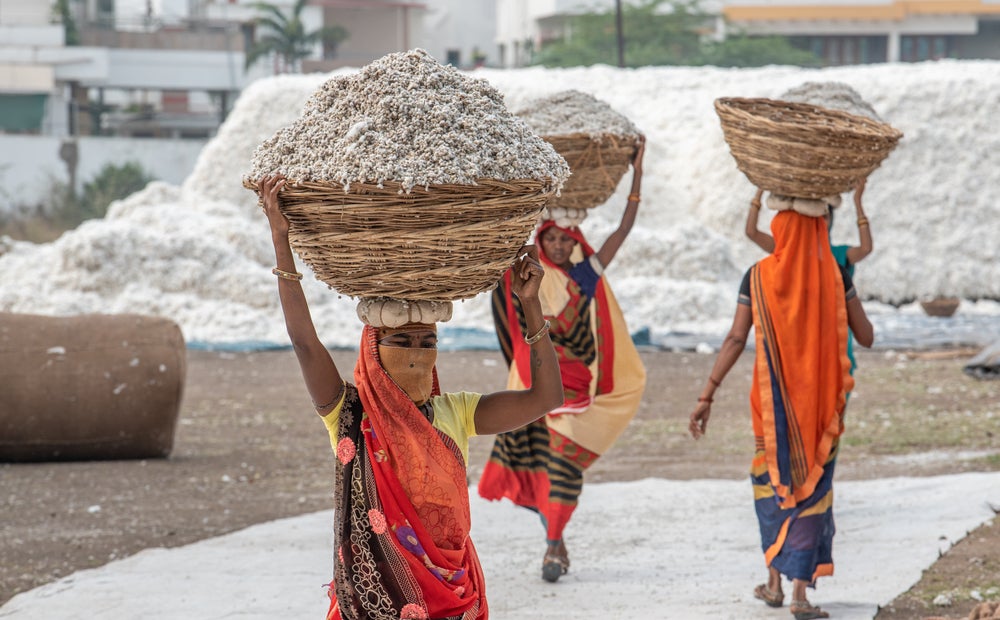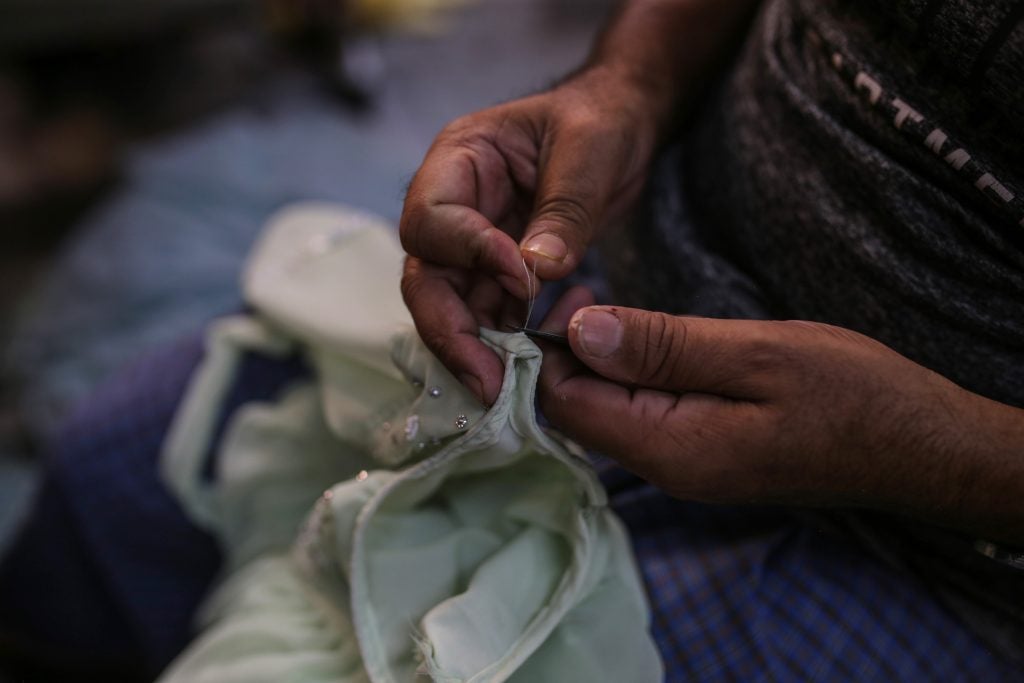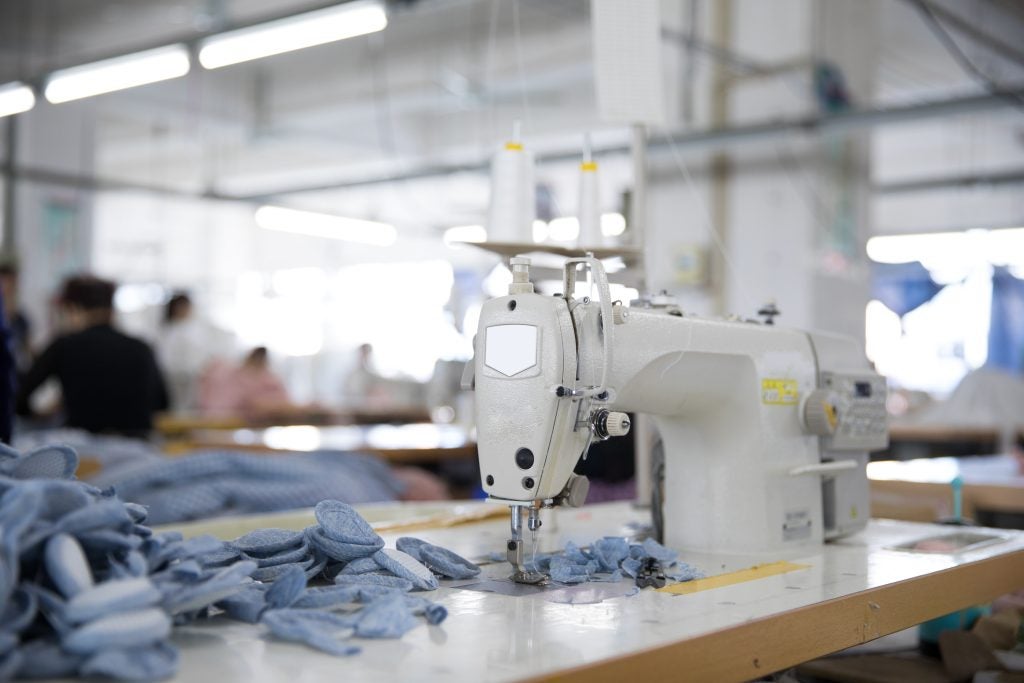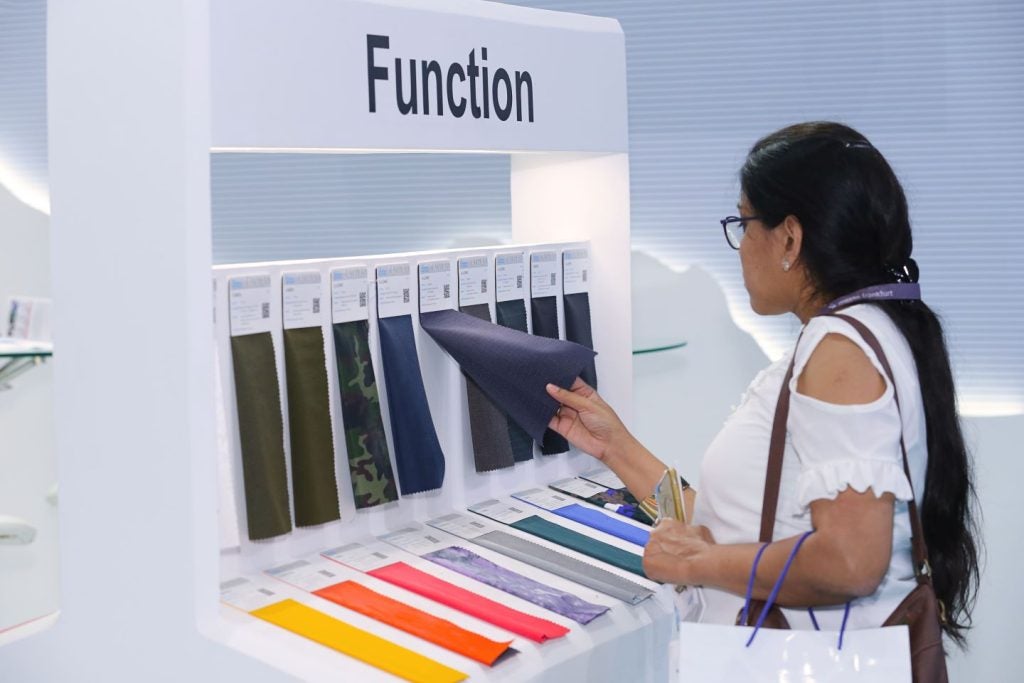The India Impact Report aims to provide an in-depth analysis of the Indian cotton farmers participating in the Better Cotton Programme from the 2014/15 season through to the 2021/22 season.
The report delves into various aspects of Better Cotton production, from resource utilisation and its impact on farms and the environment to the composition of farming communities and their economic outlook.
Key findings from Better Cotton India Impact Report
- From 2014-17 to the 2021/22 season, overall pesticide use witnessed a 53% decrease due to the adoption of capacity-strengthening training on Integrated Pest Management (IPM) and the implementation of effective awareness campaigns.
- The percentage of farmers employing highly hazardous pesticides (HHPs) plummeted from 64% to just 10%.
- The use of Monocrotophos, a pesticide categorised as highly toxic by the World Health Organization, declined from 41% to a mere 2%.
- Water usage for irrigation exhibited a notable reduction of 29% between the baseline years and the 2021/22 season.
- Nitrogen application, which contributes to greenhouse gas emissions when used excessively in cotton production, decreased by 6% per hectare.
In terms of farmer livelihoods, data spanning from the 2014-15 to 2021-22 cotton seasons indicates that total costs per hectare, excluding land renting expenses has decreased by 15.6% in 2021-22 compared to the three-season average. This reduction was driven by cost savings in land preparation and fertilisation expenses.
In 2021 Better Cotton farmers achieved an average cotton lint yield per hectare of 650kg, surpassing the national average of 200kg per hectare.
The report also reveals a notable increase in the number of women serving as Better Cotton field staff across India. In the 2019-20 cotton season, approximately 10% of field facilitators were women, a figure that rose to over 25% in the 2022-23 cotton season.
Better Cotton chief executive Alan McClay said: "We’re buoyed by the results in this Impact Report, which demonstrate the environmental, social and economic benefits of Better Cotton production, and remain committed to driving further improvements at the farm level.”
The cotton intitiative said the report marks a departure from the organisation's previous results reporting methodology, which compared Better Cotton farmers with non-better cotton farmers. Instead, it monitors the operations of Better Cotton farmers over time to assess year-on-year progress.
Since the inception of the programme in India in 2011, the organisation's network of farmers has expanded and now comprises nearly one million participants.















